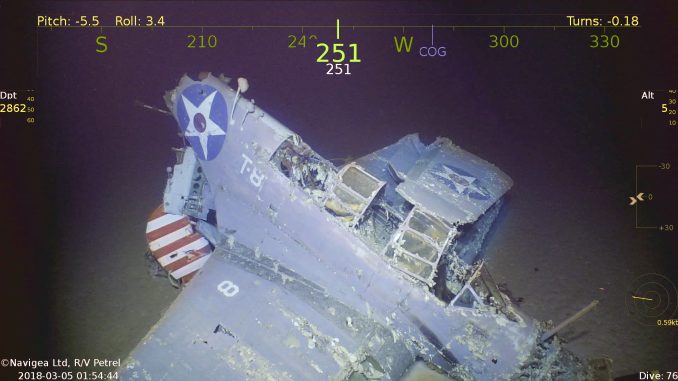
Those of us interested in military history, and most particularly the naval battles of WWII, watched in awe on Monday when images of the sunken aircraft carrier USS Lexington (CV 2) and a number her aircraft began appearing in the news. An expedition, led by Microsoft co-founder, Paul G. Allen, had discovered their final resting place under nearly two miles of water in the Coral Sea some 500 miles off Australia’s northeast coast. The mighty carrier went down following the Battle of the Coral Sea in early May, 1942, scuttled by the American fleet due to irreparable damage.
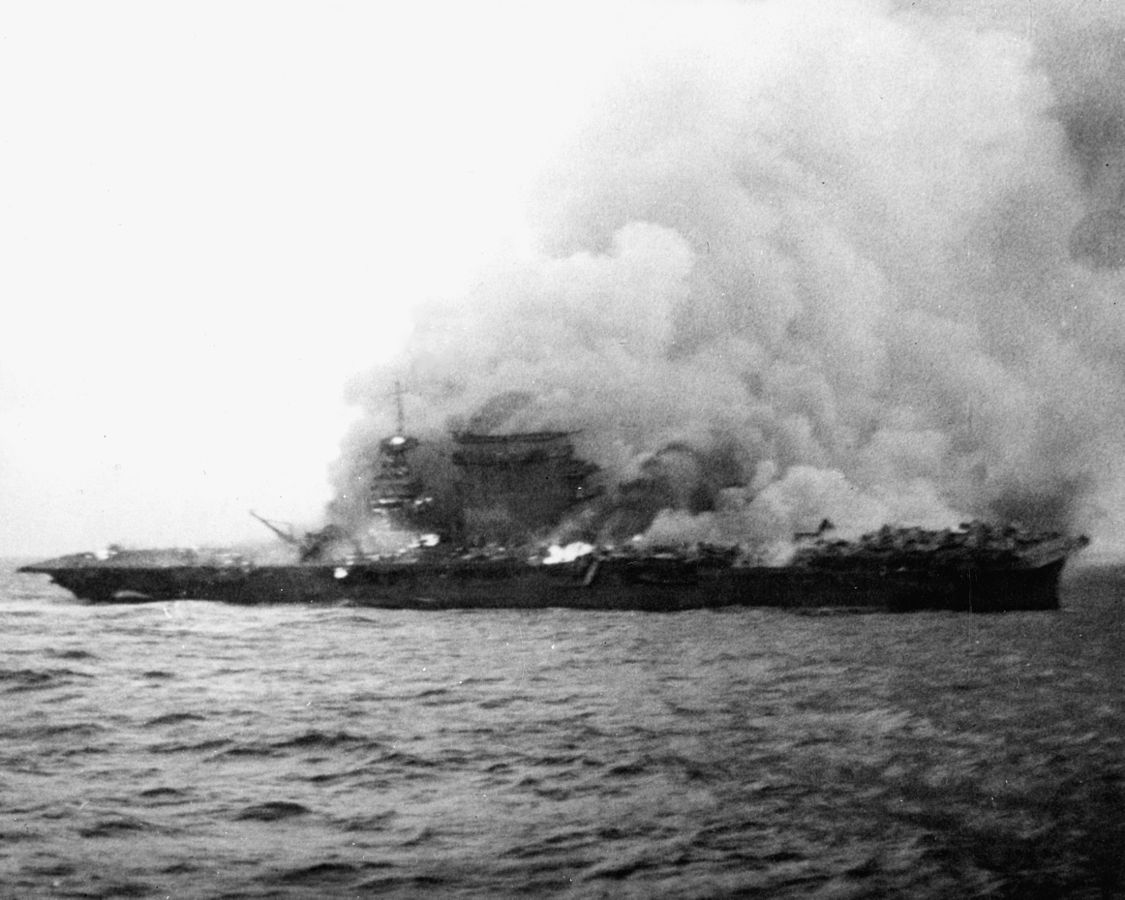
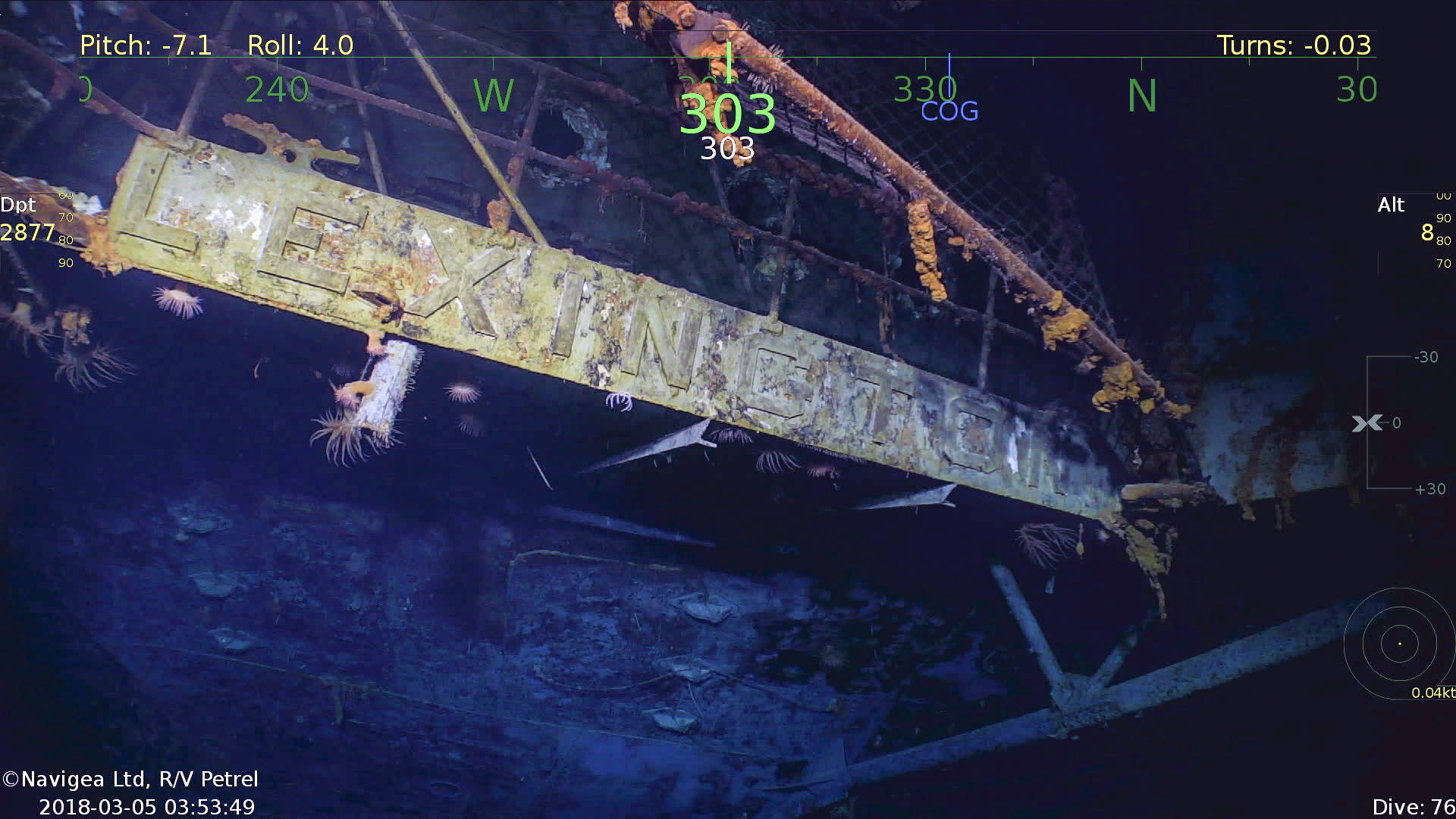
The sight of the ship’s name “LEXINGTON” still showing proudly on the warship, was profoundly moving, but for the aviation historians among us, it was the images of three separate Douglas TBD-1 Devastators which was maybe the biggest surprise. There is not one single example of a Devastator in preservation, and to see these substantially intact survivors, with their markings almost perfectly preserved, was truly remarkable. Another image showed a Grumman F4F-3 Wildcat with four victory markings and the famous “Felix the Cat” emblem of VF-3 on the cockpit sides. Altogether the expedition discovered the remains of seven TBD Devastators, three SBD Dauntless and a single F4F Wildcat.
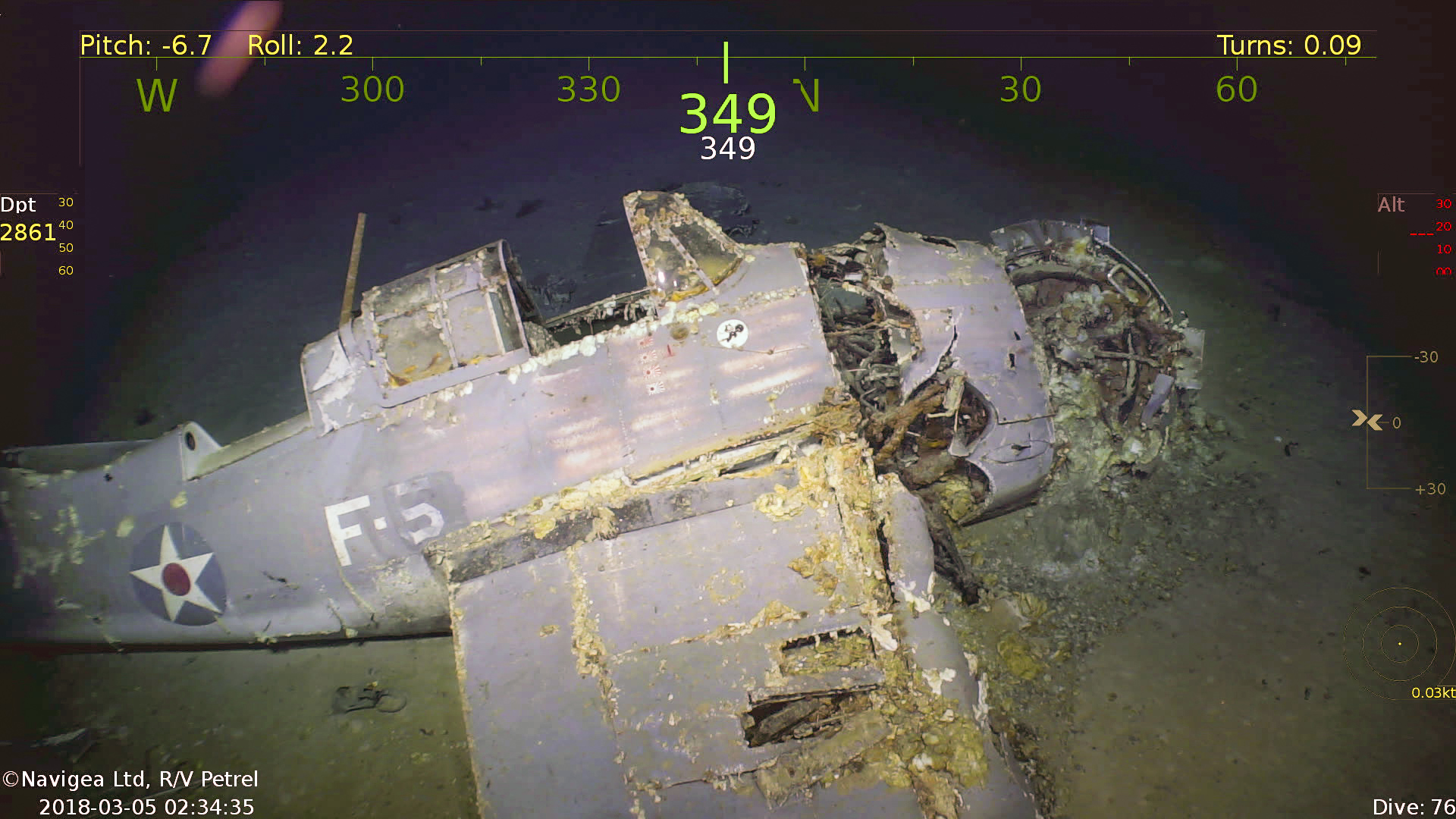
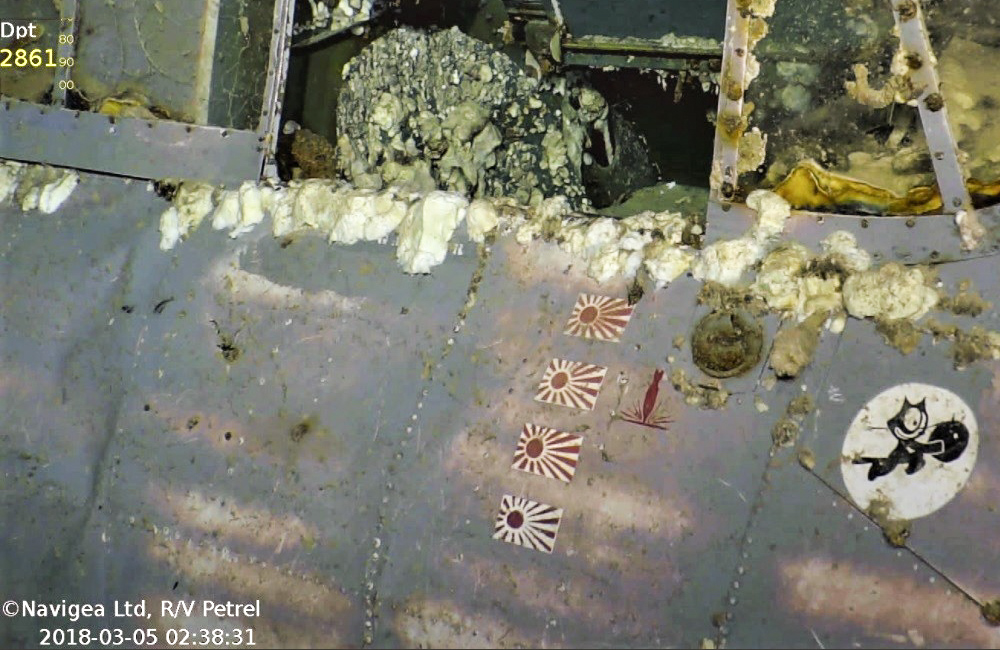
The following press release is worth reading to learn more about the expedition…
Wreckage from the USS Lexington (CV-2) Located in the Coral Sea 76 Years after the Aircraft Carrier was Sunk During World War II
Expedition Led by Microsoft Co-founder and Philanthropist Paul G. Allen is another Historic Success
Seattle, WA, March 5, 2018 – Wreckage from the USS Lexington was discovered on March 4, 2018, by the expedition crew of Research Vessel (R/V) Petrel, which is owned by Microsoft co-founder and philanthropist Paul G. Allen. The Lexington was found 3,000 meters (approximately two miles) below the surface, resting on the floor of the Coral Sea more than 500 miles off the eastern coast of Australia.
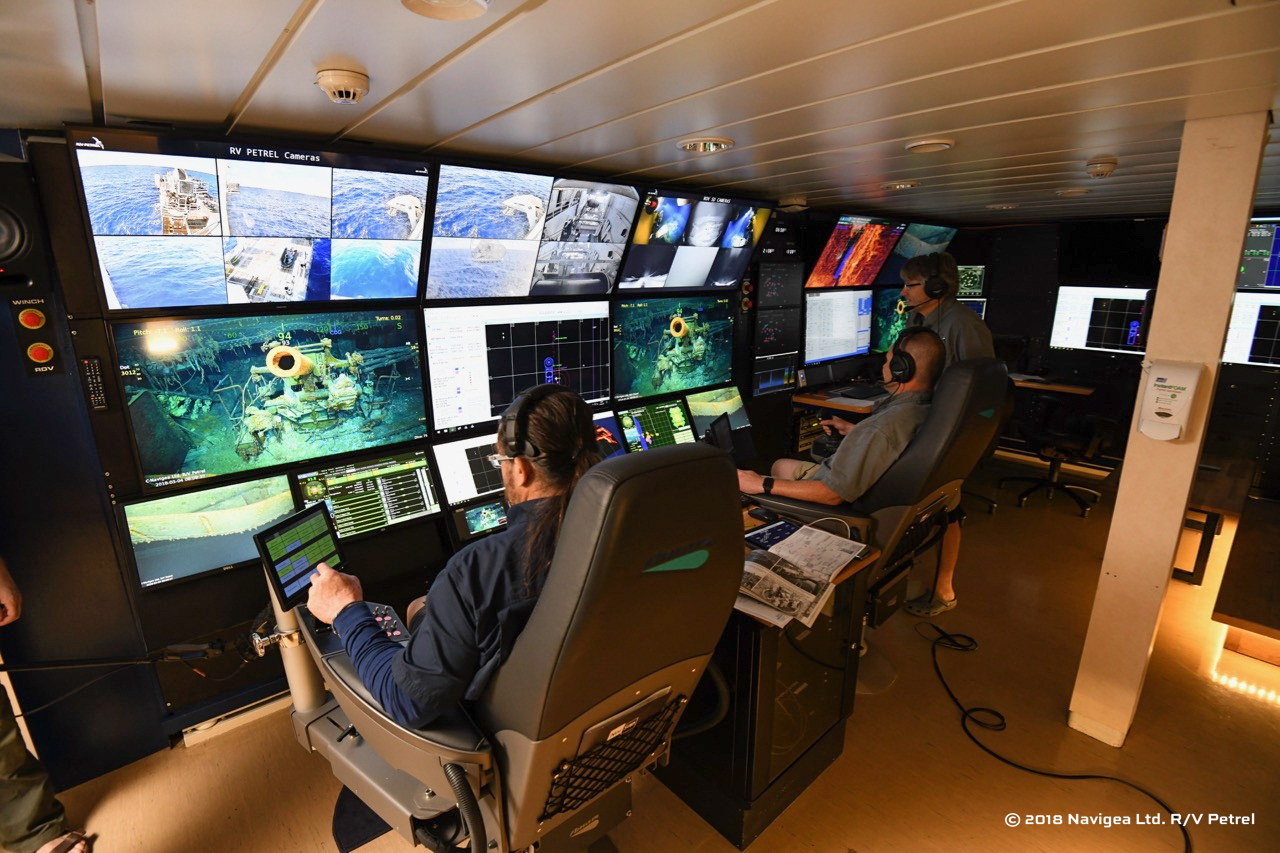
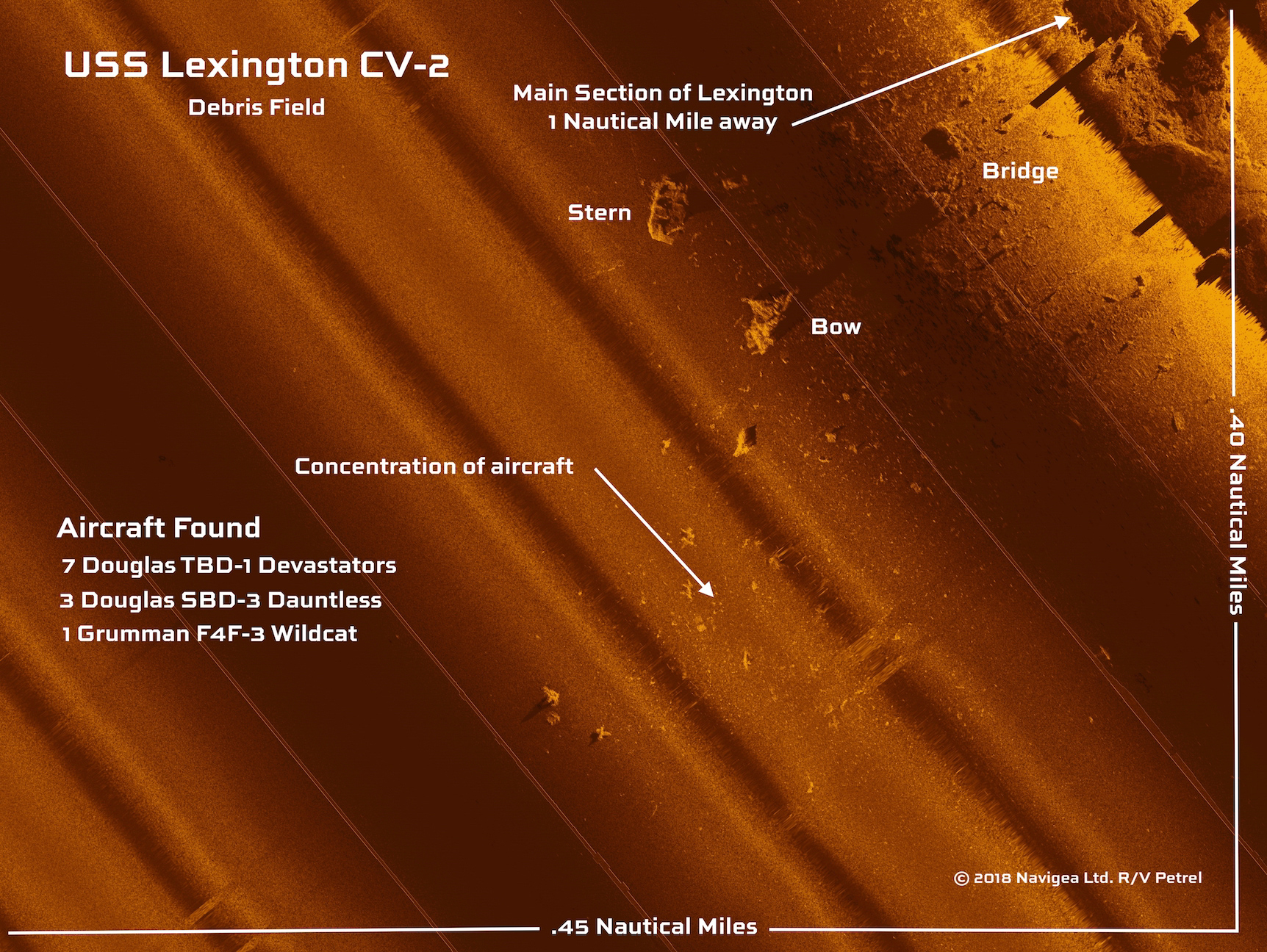
“To pay tribute to the USS Lexington and the brave men that served on her is an honor,” Mr. Allen said. “As Americans, all of us owe a debt of gratitude to everyone who served and who continue to serve our country for their courage, persistence and sacrifice.”
As one of the first U.S. aircraft carriers ever built, the Lexington became known as “Lady Lex” and went down with 35 aircraft on board.
“Lexington was on our priority list because she was one of the capital ships that was lost during WWII,” said Robert Kraft, director of subsea operations for Mr. Allen. “Based on geography, time of year and other factors, I work together with Paul Allen to determine what missions to pursue. We’ve been planning to locate the Lexington for about six months and it came together nicely.”
The USS Lexington was originally commissioned as a battlecruiser but was launched as an aircraft carrier in 1925. She took part in the Battle of the Coral Sea (May 4-8, 1942) along with the USS Yorktown against three Japanese carriers. This was the first carrier versus carrier battle in history and was the first time Japanese forces suffered a permanent setback in its advances on New Guinea and Australia. However, the U.S. lost the Lexington and 216 of its distinguished crew.
The Lexington had been hit by multiple torpedoes and bombs on May 8, but it was a secondary explosion causing uncontrolled fires that finally warranted the call to abandon ship. The USS Phelps delivered the final torpedoes that sank the crippled Lady Lex, the first aircraft carrier casualty in [American Ed.] history. With other U.S. ships standing by, 2,770 crewmen and officers were rescued, including the captain and his dog Wags, the ships ever-present mascot.
During the Battle of the Coral Sea, the Japanese navy sank USS Lexington (CV-2), USS Sims (DD-409), and USS Neosho (AO-23), and damaged the USS Yorktown. The Japanese lost one light carrier (Shōhō) and suffered significant damage to a fleet carrier (Shōkaku).
“As we look back on our Navy throughout its history, we see evidence of an incredible amount of heroism and sacrifice. The actions of Sailors from our past inspire us today,” said Sam Cox, Director of the Naval History and Heritage Command and retired U.S. Navy Rear Adm. “So many ships, so many battles, so many acts of valor help inform what we do now.”
The Battle of the Coral Sea was notable not only for stopping a Japanese advance but because it was the first naval engagement in history where opposing ships never came within sight of each other. This battle ushered in a new form of naval warfare via carrier-based airplanes. One month later, the U.S. Navy surprised Japanese forces at the Battle of Midway, and turned the tide of the war in the Pacific for good.
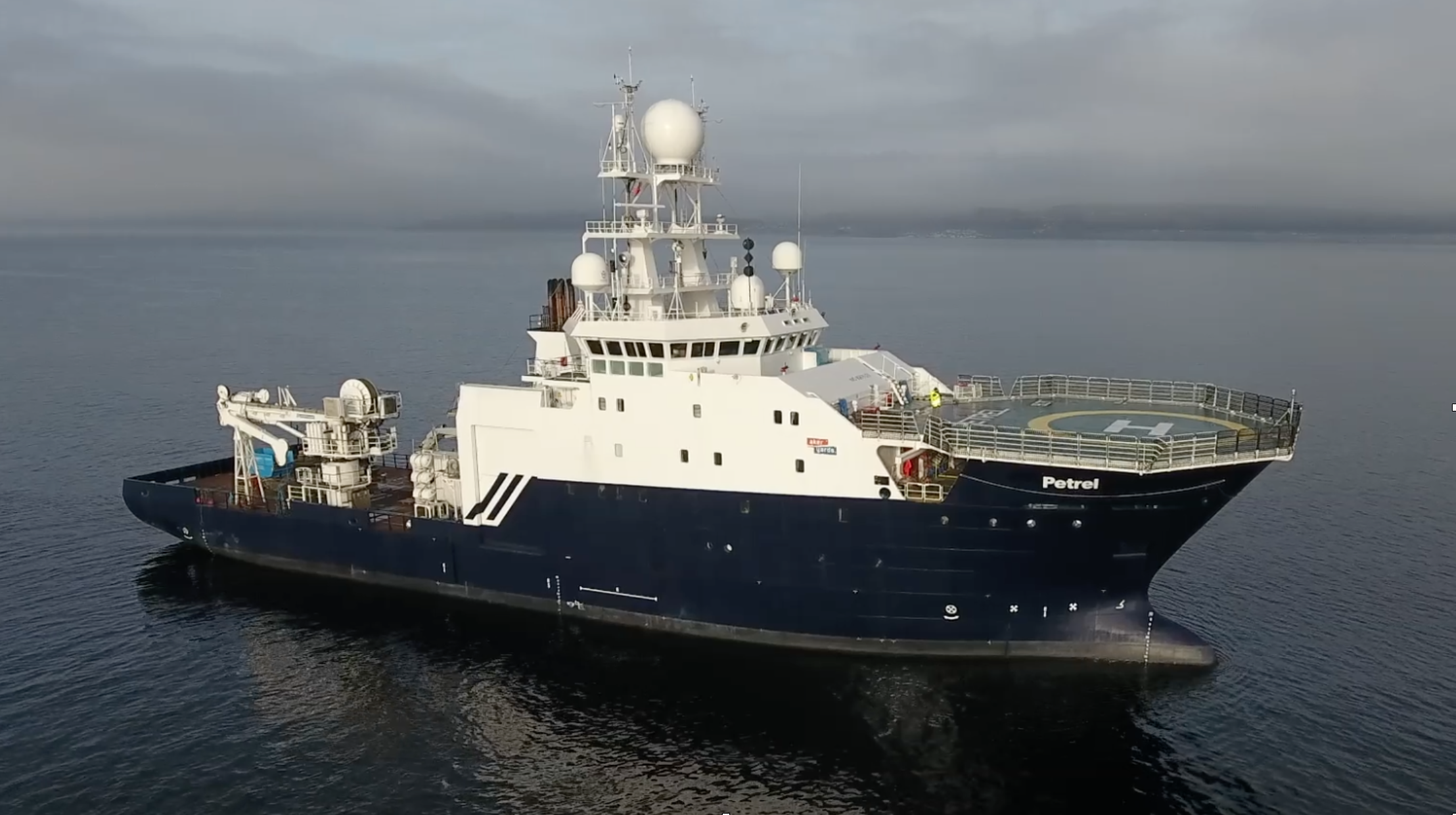
Based on some initial success with his M/Y Octopus, Mr. Allen acquired and retrofitted the 250-foot R/V Petrel with state-of-the-art subsea equipment capable of diving to 6,000 meters (or three and a half miles). Since its deployment in early 2017, the ship was active in several missions in the Philippine Sea before its transition to the Coral Sea off the Australian Coast.
Allen-led expeditions have also resulted in the discovery of the USS Indianapolis (August 2017), USS Ward (November 2017), USS Astoria (February 2015), Japanese battleship Musashi (March 2015) and the Italian WWII destroyer Artigliere (March 2017). His team was also responsible for retrieving the ship’s bell from the HMS Hood for presentation to the British Navy in honor of its heroic service. Mr. Allen’s expedition team was permanently transferred to the newly acquired and retrofitted R/V Petrel in 2016 with a specific mission around research, exploration and survey of historic warships and other important artifacts.
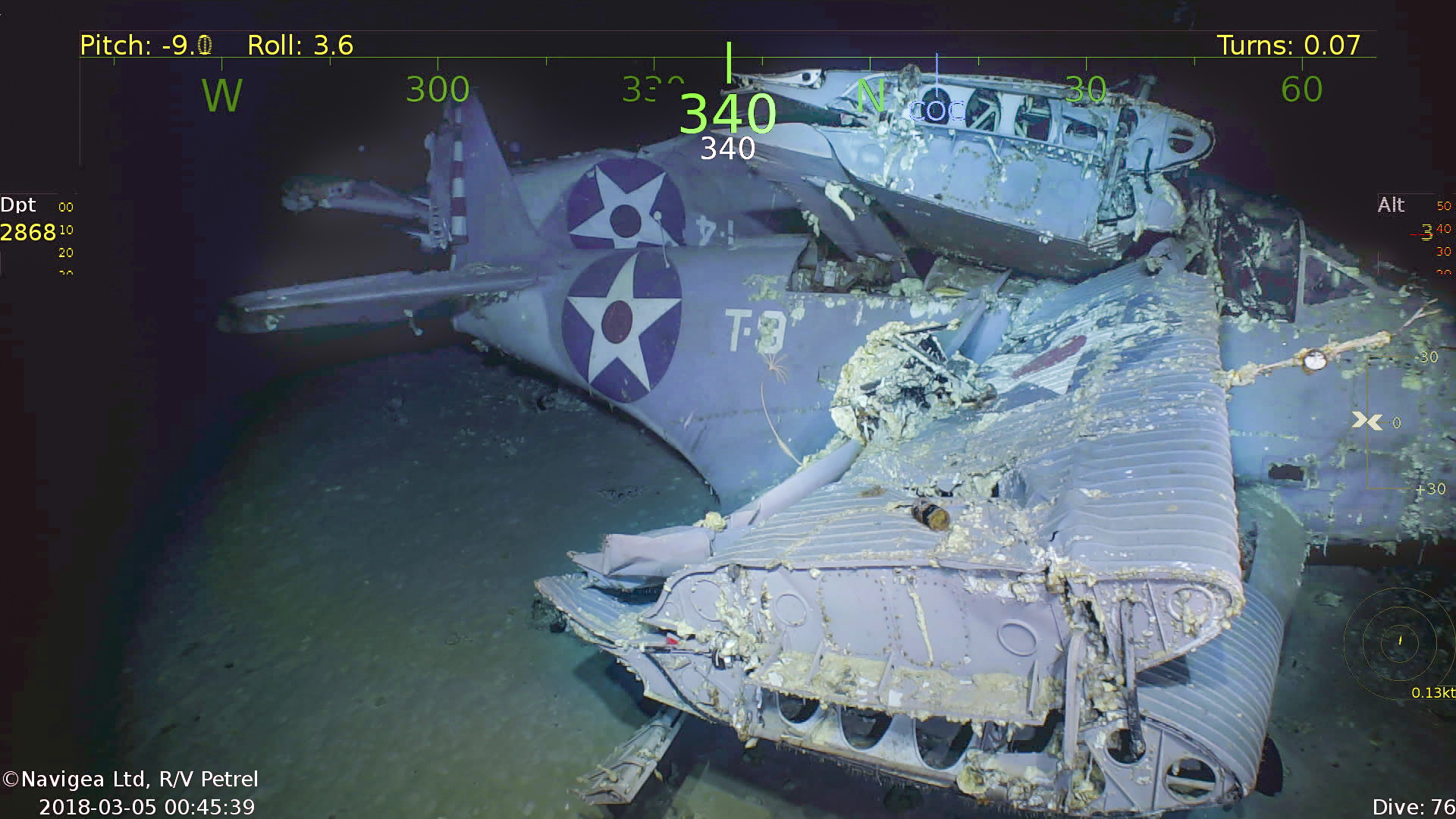
… press release end.
Seeing such historic aircraft in such excellent condition must make them seem ripe for recovery to some. This was definitely not the intent of the present mission though, which was purely to find and pay tribute to the Lexington and her crew. But if a salvage operation were mounted, we must remember that it would have to take place some 10,000′ under water, which would make any such endeavor almost prohibitively challenging, not to mention expensive. And even if the aircraft could be raised, an extensive and complex anticorrosion effort would need to take place as soon as they surfaced, otherwise the exposed metal would soon crumble into dust. Then there is the thorny issue regarding the legality of recovering them. All of these details are going to be nigh on impossible to negotiate, which is why the aircraft will likely remain where they are. So close, and yet so far….
Regardless, the efforts of Paul Allen and his team to locate and document these historic artifacts are magnificent, and justifiably lauded. It is a grand adventure back in time, and we are lucky enough to share some of the ride. Bravo Mr. Allen!
WarbirdsNews wishes to offer our profuse thanks to Cory Graff and Michelle Donoghue of Paul Allen’s Flying Heritage and Combat Armor Museum for making these images available to us, and also to Paul Allen himself for making it all possible.
*Note: Some images have been brightened and color-corrected to compensate for the yellow lighting source, and more closely represent the colors of those artifacts depicted.


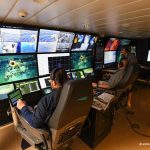
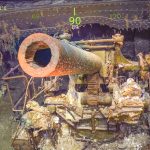
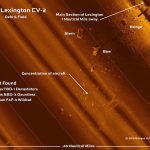
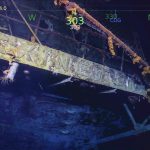
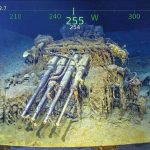
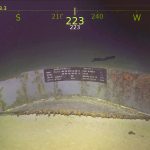
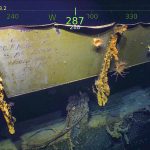
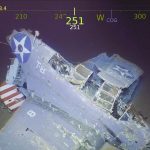
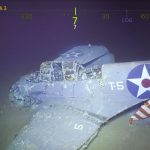
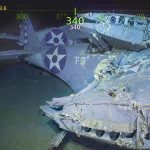
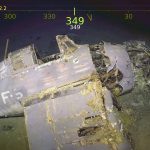
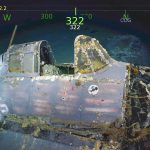
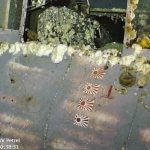
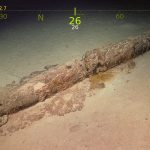
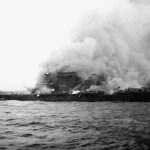
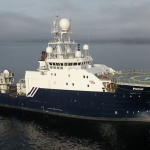

Any chance of recovering a TBD? If so better recovery more than one cause the Navy will definitely want to claim one for their museum at Pensacola.